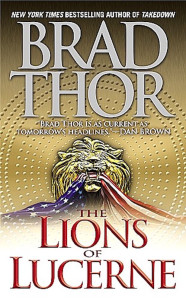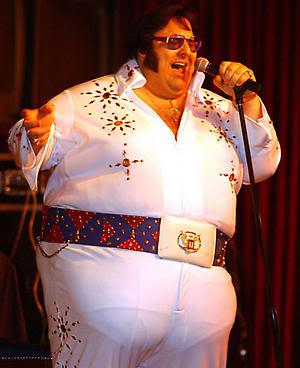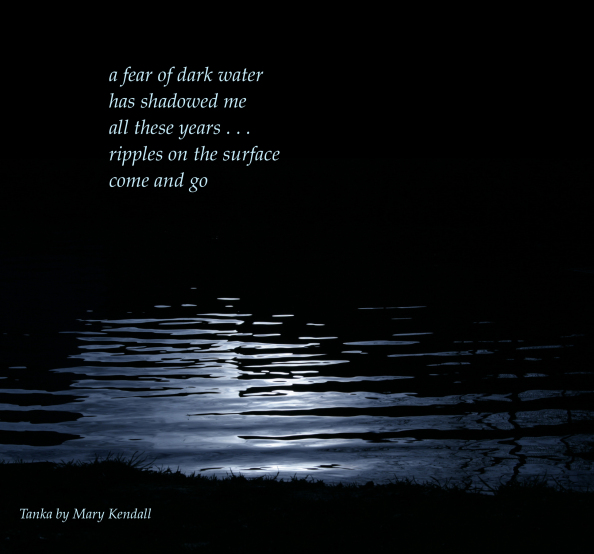The Disaster Artist, James Franco, 2017
“I’m glad you all enjoyed my movie, just as I intended.”
The arts have long been considered one of the key pillars of society, helping people to understand themselves and the world better. In the modern age, cinema and television take the majority of this responsibility, and as such, stars of film and TV are often given a privileged position in the hierarchy of celebrity. Actors are able to garner worship from fans simply by virtue of a character they play or a way they present themselves on screen. Never has this been more problematic than now, in the wake of increasing Hollywood sexual scandals. Many people considered as greats have had their reputations destroyed by allegations about their private life. Many are now beginning to ask the question “is it still okay to admire the work of a monster?”
Whether or not the 2003 film The Room can be considered a “work of art” is perhaps up for debate, having been dubbed “the Citizen Kane of bad movies”, but nonetheless it is a film that has an enduring appeal, and has built the career of its two stars, Greg Sestero and Tommy Wiseau. In James Franco’s The Disaster Artist, he tells the true story of the creation of The Room, and stars himself as the eccentric actor/producer/director Wiseau. Within this film, the tensions between an artist’s life and his work are never far from view.
The film begins with Wiseau (James Franco) and Sestero (Dave Franco) as two aspiring actors in San Francisco who decide to move to LA to forge a name for themselves in Hollywood. When Sestero first shows Wiseau James Dean’s impassioned acting, a spark is ignited within Wiseau. He sees in Dean the kind of hero he always wanted to be. He then uses this view to construct a new Tommy Wiseau, a man equally as destined (in his mind at least) to become a legend. He sees Dean as a mercurial hero that he can hope to be.
But is this really who James Dean was? There is a great deal of mythology built up around the man, and no doubt many of the stories about him are true, but was he really the man that Wiseau wants him to be? What is he really communicating in Rebel Without a Cause? For French literary theorist and philosopher Roland Barthes, we can never know, and it is pointless to ask.
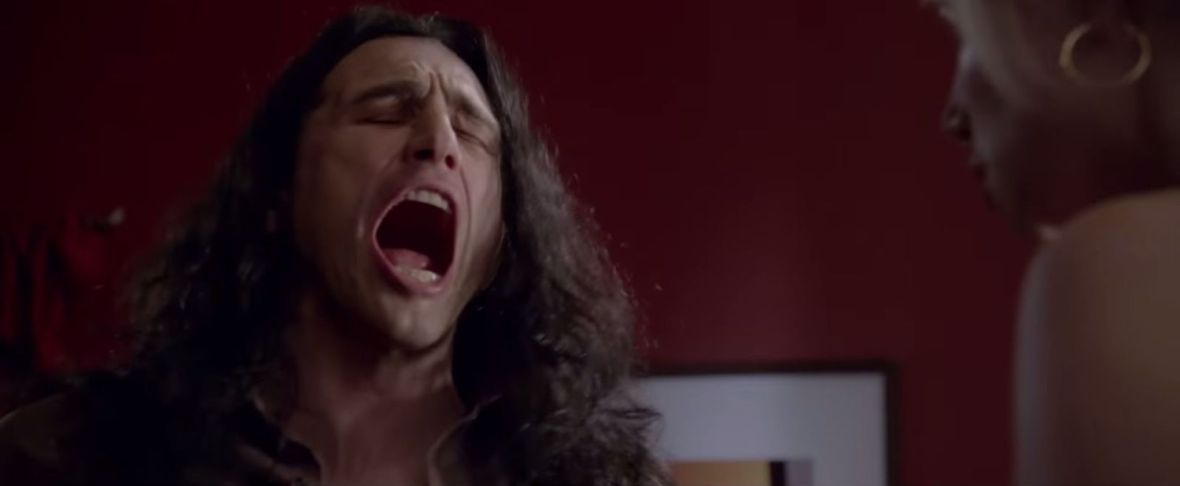
Franco as Wiseau as Dean
In his 1967 essay “The Death of the Author”, Barthes argues that as soon as any work of literature is written, the views of the author on that work cease to matter. A piece of writing is not the singular expression of a private intention, but rather a jumble of complex meanings created through interpretation of language. The author’s life, ideas, and sense of meaning cease to be relevant, and instead we must look at the meaning given by the reader. When Wiseau sees James Dean perform, the facts of his life fade into insignificance, and the performance is given its true meaning by Wiseau’s reading.
When Wiseau starts to set out to write his own film, he declares “It will be great drama, like Tennessee Williams.” What the film becomes, however, is far from this. Comparing himself to Alfred Hitchcock and Marlon Brando, he sees his vision as being alongside the most celebrated names in the history of cinema, when in fact, he becomes a laughing stock.
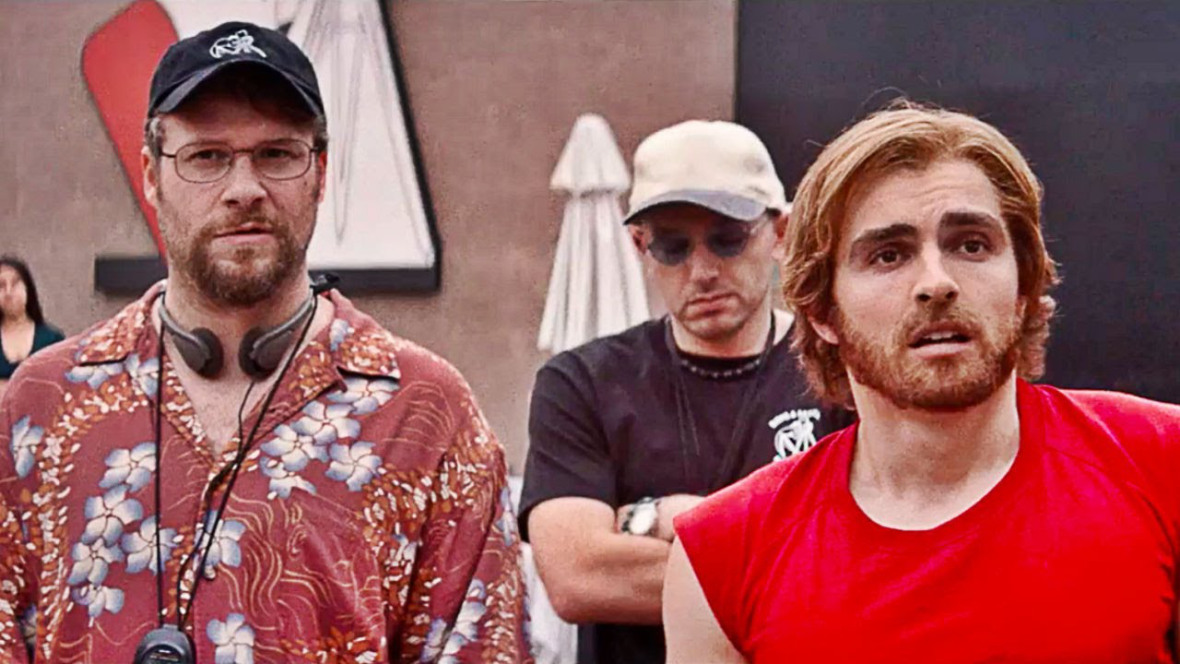
Sandy Schklair (Seth Rogen), Raphael Smadja (Paul Scheer) and Greg Sestero (Dave Franco)
One of the most intriguing parts of Wiseau’s story is his steadfast refusal to reveal autobiographical facts about his life. He claims to be from New Orleans while holding an obvious Eastern European accent, claims to be the same age as the obviously younger Sestero, and has consistently refused to divulge where he came across the (supposed) $6 million that was pumped into the production of the film. There are a great many rumoured explanations given across the internet, but it seems entirely possible that we will never know the truth. But does that matter?
During their lunch break, the cast and crew start to speculate about Wiseau’s mysterious intentions behind the film, believing it to be at least in part autobiographical. Do all the characters in The Room come from different parts of his life? Barthes’ essay is a reminder that it simply doesn’t matter. What is of value in the film is not how much it tells us about Wiseau, but how much it tells us about ourselves. The same can be said of The Disaster Artist as a film. Wiseau’s story comes from a feeling that all of us can in some way recognise: the desire to chase our dreams.
The film closes with the lavish premiere of The Room in Hollywood (all entirely self-funded by Wiseau). As the audience starts to watch, we can see their reactions change from confusion, to discomfort, to hilarity, until by the end of the film people are practically rolling in the aisles with laughter. Wiseau is heartbroken, and storms out of the cinema in tears. His great American melodrama has been reduced to farce. It is at this point that Sestero reminds him to really look at the audience, asking if he thinks Hitchcock ever got a reaction like that. The audience are chanting Wiseau’s name.

The real Tommy Wiseau with James Franco
In real life, Sestero and Wiseau continue to tour the world, appearing and speaking to packed cinemas of fans of their cult hit movie. Wiseau now presents himself as the knowing comedian, revelling in the joy his “deliberately ironic” film brings to people. He seems, by all accounts, happy. And the audience love him. One need only look at the absurd number of celebrity cameos in The Disaster Artist to realise how loved his film is. It never became the great drama he wanted it to be, but it is equally loved, perhaps indeed more so, because of how bad it is.
The Disaster Artist is a timely reminder of the pitfalls of ascribing too much value to the creator of a work of art over the work of art itself. When we perceive art, according to Barthes, we must divorce ourselves from any hang-ups about the author and instead attempt to read our own meaning in the art. This is where art has its real value: not in what the artist says, but in how we hear it.
Share this: